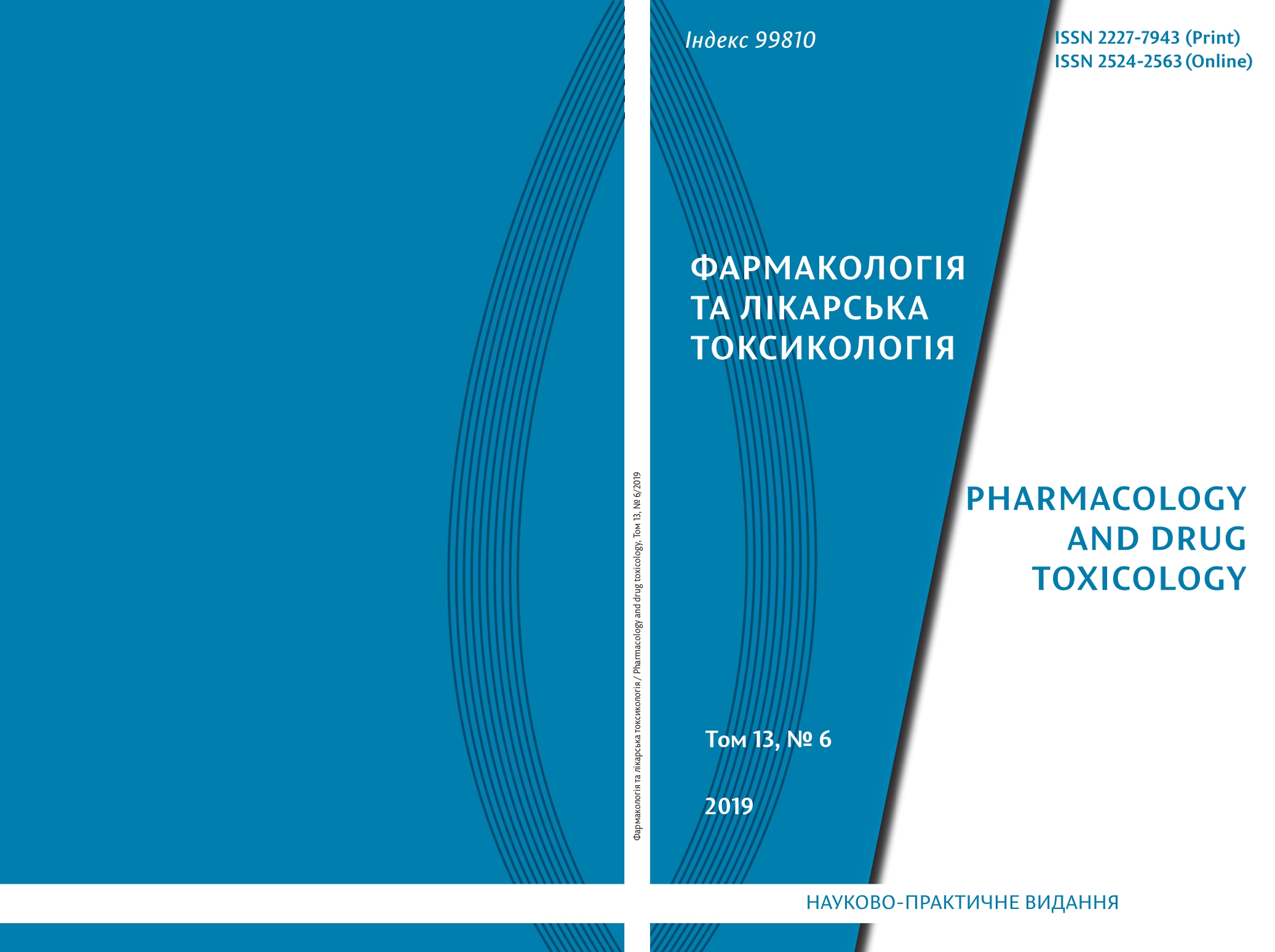Abstract
Chemotherapy is one of the most common means of controlling tumors, along with their surgical removal and radiotherapy. Standard approaches to the study of the specific pharmacological action and toxicity of antitumor agents don't allow to carry out a detailed comprehensive assessment of metabolic changes outside the tumor, although it has long been apparent that the nonspecific effect of chemotherapy simultaneously with tumor growth inhibition can cause irreversible changes in organs which could significantly worsen organism’s recovery chances. These circumstances determine the relevance of the inclusion into the preclinical studies of new antitumor agents the investigation of their effects on both the tumor and adjacent non-affected tissues, for further optimization of chemotherapy. The aim of the study – to compare the effects of ethyl 2-(quinazolin-4-yl amino)-4,5,6,7-tetra hydrobenzo[b]thiophene-3-carboxylate hydrochloride (EQTC) on DNA, RNA, chromatin proteins, DNA fragmentation processes and contents of TBA-reactants and SH-groups in Guerin’s carcinoma and unmodified uterine tissues.
The study of the EQTC effects was performed on white females Wistar rats. Animals were randomized to 3 groups of 6 animals each: 1 – intact rats; 2 – positive control (Guerin’s carcinoma); 3 EQTC Guerin’s carcinoma + EQTC (24,37 mg/kg). Study of the effect of EQTC on DNA, RNA, chromatin proteins, DNA fragmentation processes, TBAreactants, non-protein and protein-related SH groups in Guerin’s carcinoma and unmodified uterine tissues showed that investigated compound significantly changed most of the studied parameters as compared with intact animals but also to Guerin’s carcinoma without treatment. The specificity of the influence of EQTC on tumor cells was most pronounced by the changes in contents of DNA, RNA, chromatin proteins, TBA-reactants, non-protein and protein-related SH-groups.
